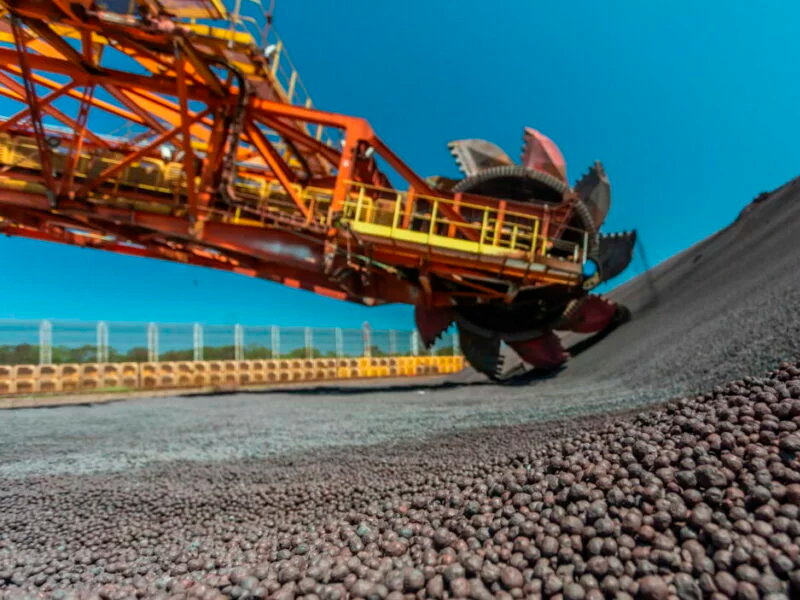
The accident that occurred on November 5, 2015, at the Fundão dam in Mariana, Minas Gerais, owned by Samarco, was serious, on a scale never seen before in the Brazilian mining sector. Nineteen lives were lost and 40 million cubic meters of mud were carried to the Rio Doce. Of this total mud, 20 million were retained in the Candonga hydroelectric dam, in the municipality of Rio Doce, and the rest was spread along the river, reaching the sea, in Regência, municipality of Linhares, Espírito Santo.
The damage is enormous: loss of lives and homes, impacts on fishing, agriculture, tourism, among others. In total, 39 municipalities were impacted: 34 in Minas Gerais and 5 in Espírito Santo, and several had their water supply affected.
Immediately after the accident, Samarco has made efforts to minimize this impact. On March 2, 2016, it signed a Transaction and Conduct Adjustment Agreement (TTAC) with several different public entities and institutions, involving the Federal Government and authorities from both states, including 42 programs with socioeconomic and socioenvironmental actions, which should be implemented with a view to working on the recovery of the impacted areas in different aspects.
On August 2, 2016, as provided for in the TTAC, the Renova Foundation, a non-governmental organization that must work on the governance and management of the programs, began operations.
Understanding that the accident must be legally repaired, but also realizing that the company needs to resume its operations, a group of businessmen from the south of the state of ES, in partnership with Sindifer, CDMEC, Sinduscon-ES and Sindicopes, with support from the State Government, the NGO ES em Ação, CREA-ES, Messes and entities from Anchieta, Guarapari and Cachoeiro de Itapemirim, has been working to get the pelletizing units in the municipality of Anchieta, Espírito Santo, back up and running.
Within this philosophy, we went to Brasília and Minas Gerais, where we participated in meetings and public hearings, showing the government and society in general what Samarco has done since its foundation until 2015, with several actions that contributed to the growth of the state and its importance for our economy.
In 2016, approximately 40,000 formal jobs were lost in the state, representing a 6% decrease in the workforce, a large part of which was due to the shutdown of Samarco, which represents more than 20,000 direct and indirect jobs. In the municipality of Anchieta, unemployment in the private sector is around 30%, due to the shutdown of activities in companies in the industry, services and commerce.
Samarco's contribution to Espírito Santo's GDP is 6%, having contributed 50% of the negative result that the state had in 2016, which will be strongly felt by municipalities in the southern region in 2018, when the amounts collected are distributed.
Samarco's return depends on the approval of the City of Santa Barbara, Minas Gerais, where the company obtains the water it needs to operate its mine. Everyone's support is important for the company's return, preventing the social losses resulting from unemployment from being greater than the environmental losses that have occurred.










